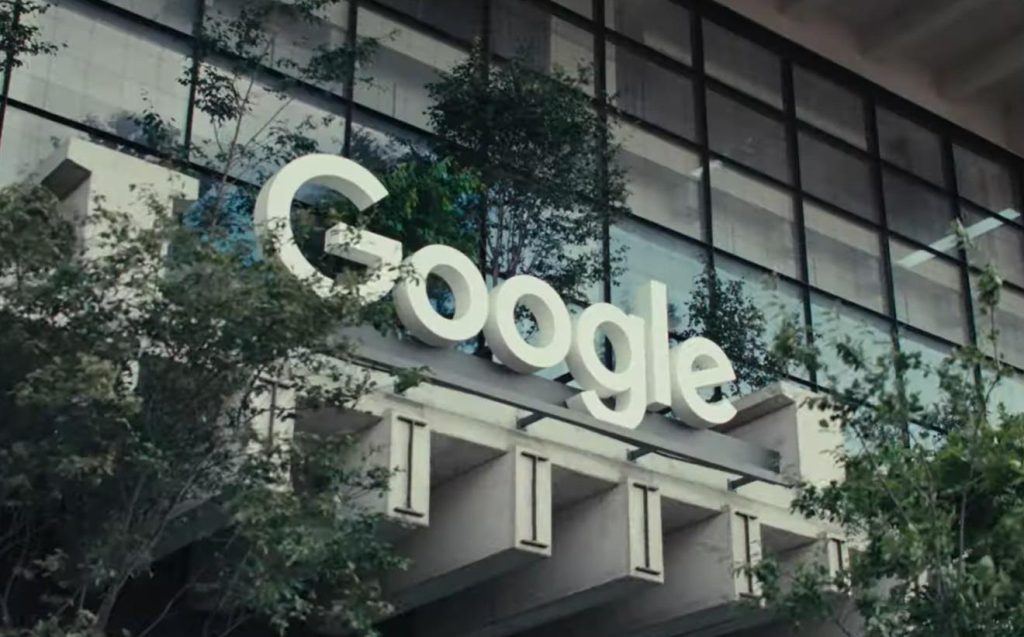Google, nuclear technology company Kairos Power, and the Tennessee Valley Authority (TVA) announced a new collaboration to deliver advanced nuclear energy to Google data centers in the US.
Under the deal, TVA will purchase power from Kairos Power’s Hermes 2 plant in Tennessee, which will deliver up to 50 megawatts (MW) of 24-hour energy to the TVA grid. Google will then receive the clean energy attributes through TVA to support operations at its Tennessee, and Alabama data centers.
The Hermes 2 plant is scheduled to begin operations in 2030. To speed up the delivery of clean energy, Kairos Power will boost the plant’s output from 28 MW to 50 MW generated by a single reactor.
This facility is the first deployment under Kairos Power’s broader agreement with Google to bring 500 MW of advanced nuclear capacity online by 2035 in support of Google’s growing load demand.
Google first partnered with Kairos Power in October 2024 to advance multiple small modular reactor deployments, with plans to enable 500 MW of new, advanced nuclear capacity to come online by 2035.
Mike Laufer, Kairos Power CEO and Co-Founder, said:
“This collaboration is an important enabler to making advanced nuclear energy commercially competitive. The re-envisioned Hermes 2 gets us closer to the commercial fleet sooner and could only be made possible by close collaboration with TVA and Google, and a supportive local community. We are excited to grow Kairos Power’s operations in Oak Ridge while writing a new chapter in the region’s distinguished nuclear history.”
The companies emphasized that, by coupling utility-scale innovation with corporate demand, the collaboration seeks to strengthen local economic growth while advancing America’s leadership in nuclear energy.
Don Moul, CEO of TVA, said:
“Nuclear is the bedrock of the future of energy security. Google stepping in and helping shoulder the burden of the cost and risk for first-of-a-kind nuclear projects not only helps Google get to those solutions, but it keeps us from having to burden our customers with development of that technology. So it’s not just good for Google, it’s good for TVA’s 10 million customers. It’s good for the United States.”
The new agreement follows Google’s announcement in July that it managed to reduce the carbon emissions from its data centers by 12% in 2024, despite significantly higher energy usage.
Despite Google’s success in addressing its data center emissions, it said that the company’s overall carbon footprint continued to grow in 2024, driven by a sharp increase in emissions from its supply chain, with Scope 3 emissions rising by more than 20% in the year.
Google’s data center emissions achievement nonetheless marks a sharp turnaround for the company, following a 37% increase in Scope 2 emissions – which include purchased electricity for data centers and offices – reported in the prior year, and comes despite a 27% increase in electricity demand from its data centers.
Google also highlighted its efforts to improve data center energy efficiency as a key source of emissions reduction, with the company noting that its data centers now deliver more than six times more computing power per unit of electricity than they did five years ago.

